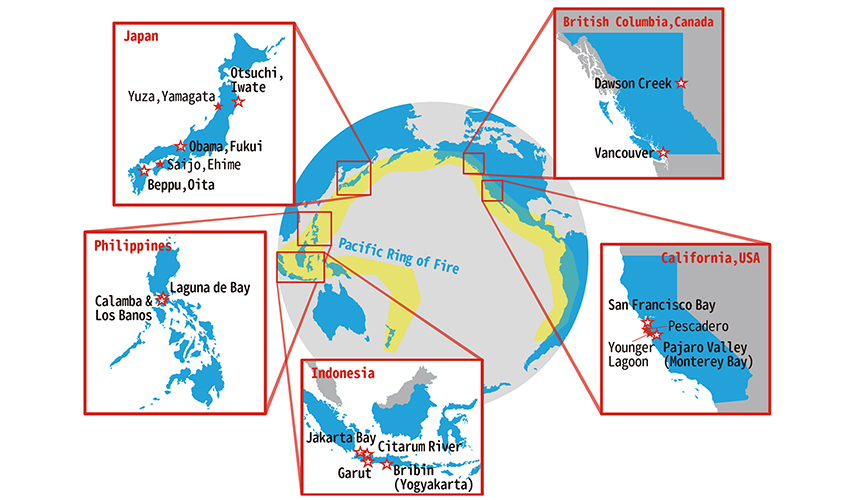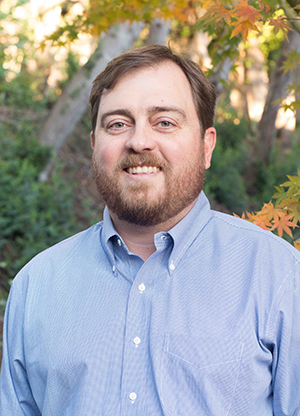Research explores preservation of vital natural resources

The Research Institute for Humanity and Nature launched a 5-year research project in 2013 studying the water-energy-food nexus in the Asia-Pacific Ring of Fire.
SF State professor’s research part of Journal of Hydrology: Regional Studies special issue
Roughly 7 billion people populate the Earth and they’re all dependent on life-sustaining natural resources: food, water and energy. Combine that need with climate change, population growth and economic development and that puts a massive strain on these finite yet vital resources, scientists say. Because the need for one resource is often in direct conflict with another, researchers from varied fields are examining the best ways to sustainably manage water, energy and food, something scientists refer to as the water-energy-food nexus, or simply the nexus.
SF State Associate Professor of Earth and Climate Sciences Jason Gurdak is one of 50 scientists conducting nexus research as part of the Japanese-based Research Institute for Humanity and Nature (RIHN) project. A portion of that research — 20 studies — comprises a newly released special edition of the Journal of Hydrology: Regional Studies, “Water-Energy-Food Nexus in the Asia-Pacific Region.” Gurdak, a groundwater hydrologist and U.S. lead on the project, authored two studies as well as the introduction in the special issue. The RIHN research spans the Asia-Pacific “Ring of Fire” and includes Japan, Indonesia, the West Coast of North America and the Philippines.

Associate Professor of Earth Climate Sciences, Jason Gurdak
One of Gurdak’s studies examined how climate variability, events like El Niño and La Niña, affect California’s groundwater supply. “We found that variability doesn’t affect the groundwater in the same way that surface water is affected,” he said. “That has important implications when we have heavy rainfall and snowpack like we did last winter. It’s really good for the reservoirs, but it doesn’t necessarily result in a lot of natural recharge to aquifers.”
In drought-prone California this research is especially important and could transform policy and management decisions. California’s Sustainable Groundwater Management Act went into effect in 2015, giving local agencies authority to manage groundwater. But they have to develop sustainability plans by 2020.
“A lot of the work we’re doing right now could be used in developing some of those sustainability plans,” Gurdak said.
The RIHN research explores the connections, relationships, synergies and tradeoffs between water, energy and food resources, so better policies can be developed to sustainably manage them now and into the future, Gurdak said. Studying the nexus could be crucial, particularly during a drought when water resources are scarce, making it harder to grow food, he added.
According to Gurdak, what’s unique about the RIHN research is its interdisciplinary approach. “In our project there are hydrologists, biologists, climatologists and oceanographers, but then there are also a lot of social scientists as well — economists, political scientists, environmental lawyers and anthropologists,” he said. “You need a broad and diverse perspective. It’s also important that these projects include practitioners.”
The major challenge for policymakers and researchers is creating management strategies that account for multiple interests, Gurdak added. For example, in the Central Valley groundwater is important for growing crops and sustaining the agricultural economy, but a lot of that groundwater may be used in fracking operations. The issue is getting those different sectors together to think as one system, and hopefully this research will provide some kind of roadmap.
